Text

Schichten der Zeit
0 notes
Text

Hello Seventies
0 notes
Text

Der erste Raum hat keine Tapeten mehr an den Wänden.
0 notes
Text

Gartenschätze gefunden
0 notes
Text

Es geht los! Die Garage ist schon bezogen.
0 notes
Text

Bahn verpasst!
2 notes
·
View notes
Photo
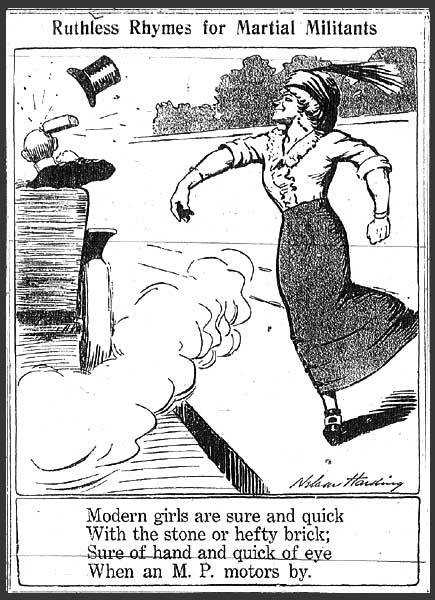
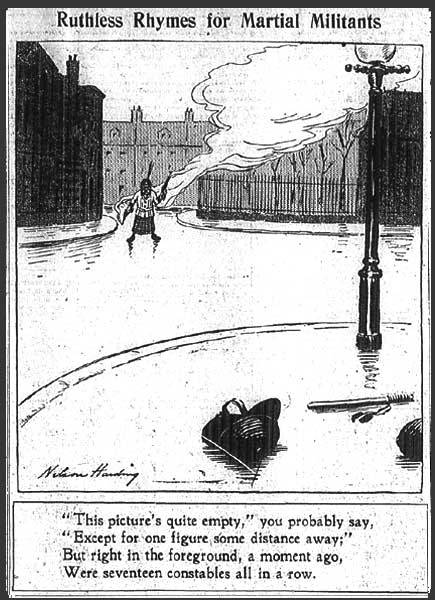
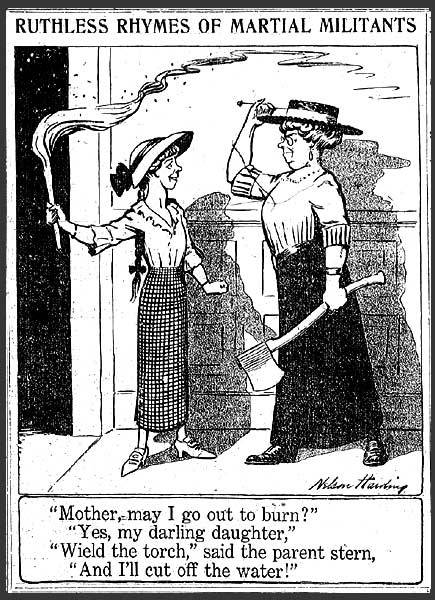
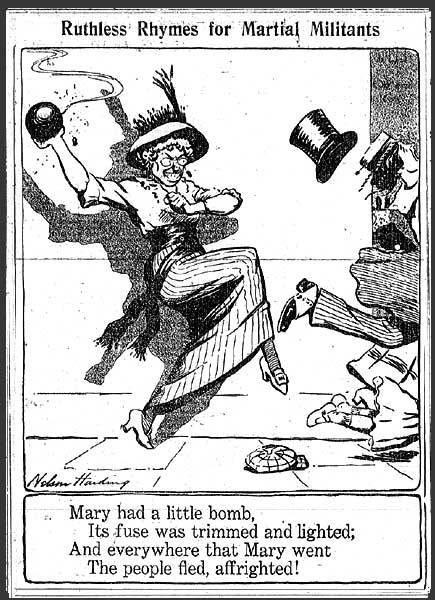
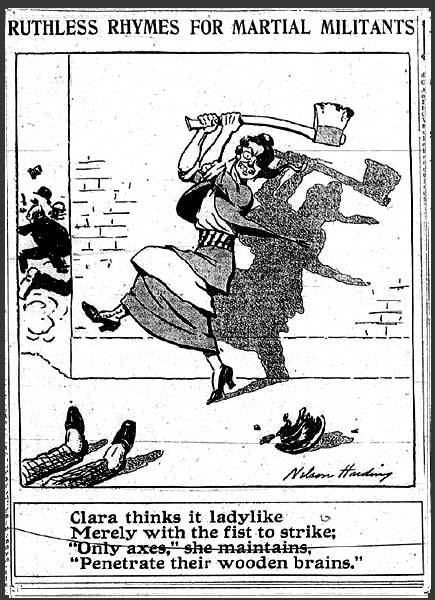
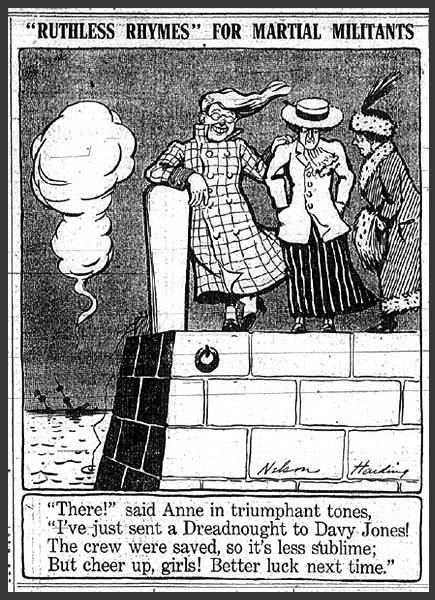
Ruthless Rhymes for Martial Militants. These conservative cartoons from ~1913 depicting angry suffragettes as brutal anarchafeminists were somehow actually supposed to make the subjects look bad, instead of amazingly badass.
53K notes
·
View notes
Text

SPD, CDU und FDP schikanieren Terror-Betroffene
Das ist so unsäglich, mir fehlen die Worte!!!
1 note
·
View note
Text

It‘s a new dawn, it‘s a new life, it‘s a new chance
It can be a new world
0 notes
Text
We are running out of antibiotics. Sham Jaff tells us in her newsletter “what happened last week” why that's a global crisis
What happened
Antibiotics are losing their power (meaning, we are becoming resistant to them), and the world is running out of new antibiotics, says the World Health Organization (WHO). That means we’re heading toward a future where even a small cut could be deadly again.
Refresher: What are antibiotics?
Antibiotics are medicines that kill or stop the growth of bacteria. Before antibiotics, even a small cut or infection could be deadly. Today, they save millions of lives, and are used to treat bacterial infections like pneumonia, urinary tract infections (UTIs), strep throat, and tuberculosis.
Why this matters: The WHO says that antibiotic resistance (AMR) is killing more than one million people a year (some say the number is much higher), and expects that number to surpass cancer as the top cause of death by 2050. For comparison: As of 2022, around ten million people died of cancer.
As with everything, not everyone is affected equally—it affects some people much worse than others, specifically children in poorer countries. A study in The Lancet found that nearly all children under 5 who die from AMR-related infections are from low- and middle-income countries, and children living in African countries below the Sahara desert are 58 times more likely to die from antibiotic resistance than children in wealthy countries.
Tell me more
There are many factors leading to antibiotic resistance.
We don't use antibiotics right. Many people take antibiotics without prescriptions or for the wrong illnesses (e.g., viruses like the flu). Doctors sometimes overprescribe broad-spectrum antibiotics, which kill too many bacteria—including the good ones—allowing resistant ones to take over. This happens everywhere; in Germany, too.
Not everyone has good healthcare. Many people in low-income countries can’t afford full antibiotic treatments, leading to incomplete doses that make bacteria resistant. Fake or low-quality antibiotics are also a problem.
Farm animals are loaded with antibiotics. Farmers use massive amounts of antibiotics on animals to make them grow faster. These drugs leak into water, soil, and food, creating resistant bacteria.
Dirty water. Dirty water and lack of sanitation help spread resistant bacteria. Handwashing alone could reduce infections dramatically.
How is AMR diagnosed?
It looks like a normal infection at first—fever, swelling, or pain—but doesn’t get better with antibiotics. Diagnosing AMR requires lab tests, where bacteria are exposed to different antibiotics to see which ones they survive. Some hospitals use DNA testing to check for resistance genes—but not every country has access to this tech. The earlier AMR is caught, the better the chance of treating it.
Dig deeper: Global Press Journal reporters investigated AMR in seven countries—showing how antibiotic resistance is already a daily nightmare in places like Zimbabwe, Uganda, and Puerto Rico. For example, in Zimbabwe, 93% of the population in the country has no access to health insurance, half of all Ugandans find it difficult to pay for their medical visits, and in Puerto Rico, "there is a belief that any little thing can be solved with antibiotics," one says.
What can be done?
Governments need better laws to control antibiotic sales.
Hospitals & doctors must stop overprescribing antibiotics.
People need to stop demanding antibiotics for colds and flu.
The food industry must cut antibiotic use in animals.
But—and this is important—AMR is much more urgent in poorer countries. Wealthy nations can afford new treatments. Poorer ones face the worst consequences. Without global action, AMR will widen global health inequalities even more.
"Fun" fact: Alexander Fleming—the scientist who discovered penicillin—warned us about this in 1945. He predicted that if we weren’t careful, antibiotics would stop working because of overuse. He was right. Now, we have to decide if we’re actually going to fix it.
#amr#antibiotics resistance#global health#medical crisis#what happened last week#sham jaff#newsletter#global south
0 notes
Text
Schilder Highlights auf der Demo heute:







1K notes
·
View notes
Text

Found on my way to work.
1K notes
·
View notes
Text

21 notes
·
View notes
Text

42 notes
·
View notes
Text

Heute Abend saßen wir zusammen und haben über die aktuellen politischen Entwicklungen gesprochen. An einer Stelle sagte mein Bruder, wir haben 5 vor 1933! Da fing meine Tante plötzlich an zu schreien: NEIN!! Wir haben nicht 5 vor 1933!
Ich verstehe ihre Vehemenz, ich möchte auch lieber meine Hoffnung manifestieren. Aber ist es nicht besser, das Schlimmste zu befürchten und mit aller Kraft versuchen es zu vermeiden?
Es tat mir sehr leid, sie in ihrer Angst so wehrlos zu sehen, aber ist sie nicht wehrhafter, wenn sie nicht die Augen vor der Gefahr verschließt?
1 note
·
View note
